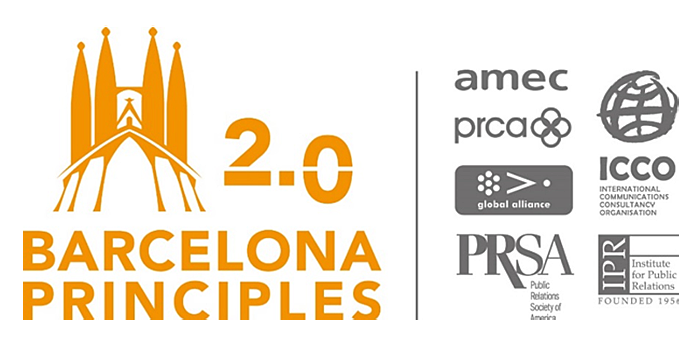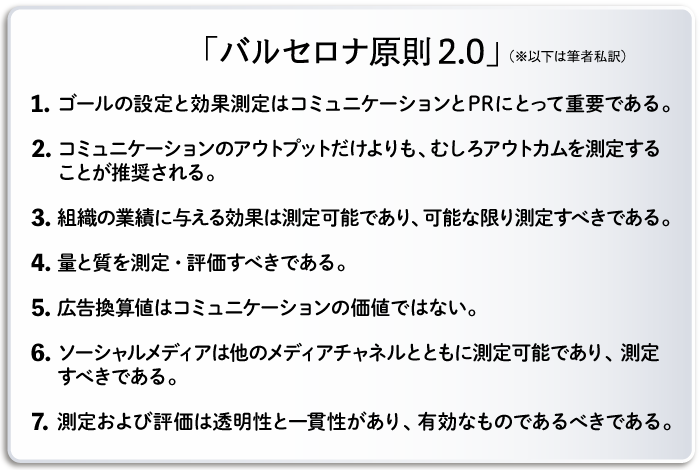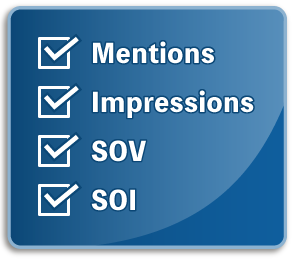Japan is not alone in grappling with measuring PR and communications effectiveness. PR and communications practitioners worldwide are researching and discussing ways to improve measurement methods. In Part 3, we introduce the state of PR effectiveness measurement overseas.
Are you familiar with the Association for Measurement and Evaluation of Communication (AMEC), headquartered in London? Founded in 1996, AMEC provides education on measuring communication effectiveness and facilitates discussions on principles. It also recognizes best practices, builds industry standards, and develops tools accessible to the entire industry.
Starting with just seven members, it now has 160 member organizations, with members spanning 86 countries. It has chapters in North America, South America, Europe, and Asia. Major PR firms and research companies are members, and it partners with key PR industry bodies like the Public Relations Society of America (PRSA) and the International Communications Consultancy Organisation (ICCO). The fact that a dedicated industry body for measurement exists highlights how measuring the effectiveness of PR and communications remains an ongoing challenge.
As many of you may know, AMEC announced the Barcelona Principles in 2010, a set of seven principles for measuring the effectiveness of communications. As the name suggests, the Barcelona Principles are just that—principles—and not a measurement method itself. In 2015, AMEC announced the Barcelona Principles 2.0, updated to reflect changes in the communications environment.
Elise Mitchell, CEO (now Chair) of Mitchell Communications Group, who served as a judge at Cannes PR Lions in 2014, reported that the judging at that year's Cannes PR Lions was conducted with the Barcelona Principles in mind.
Furthermore, at the In2Summit, an international PR industry conference hosted by the Holmes Group that I attended in 2016, the panel discussion on effectiveness measurement began only after the moderator on stage confirmed with the audience whether they agreed with the Barcelona Principles. The Barcelona Principles are a universal standard in the PR industry, and discussion cannot begin without recognition and common agreement on these principles.
Many people mistakenly believe that only the fifth principle stands alone, viewing the "Barcelona Principles" as solely the "principle prohibiting the advertising equivalent calculation of publicity." However, rejecting advertising equivalent calculations is just one of the seven principles. Shouldn't the Japanese PR industry instead prioritize the first and second principles?
Means should not become ends
The first principle emphasizes the importance of setting clear goals. As touched upon inthe firstand second installmentsof this series, when conducting PR activities, we must clarify the purpose: "Why are we doing PR?" One key reason this is vital is to prevent means becoming ends.
We frequently see cases where creating platforms like microsites, executing events, or even securing media coverage itself becomes the goal. People rush ahead without clearly defining what they aim to achieve through these actions. Launching a microsite or holding an event is a means; media coverage is an output (the result of the initiative). These are not outcomes (results relative to the purpose). In this sense, the first principle links to the second.
The second principle proposes that PR effectiveness should be evaluated not only by outputs (the "only" part is crucial) but also by outcomes. While the number of media placements, media impressions, or event attendees are outputs, the intent is to measure outcomes—such as behavioral changes among the target audience—as the true results.
Measuring outputs is also important
However, there is no need to dismiss output measurement. For example, evaluating outputs can be used to check productivity. Measuring outputs is effective when comparing specific communication channels against others, or when comparing specific initiatives against other initiatives.
When conducting activities aimed at increasing awareness of a product, measuring outputs helps refine strategies. For instance, does hosting media events generate more press coverage, or can distributing product samples to media achieve similar coverage? Furthermore, can the same level of coverage be obtained with a smaller budget? Data gained from measuring and evaluating outputs should be shared within the department and utilized in planning future PR programs.
Output should be more than just numbers; it should be meaningful metrics.
When measuring output, metrics like mentions (number of statements/posts), impressions (potential reach), SOV (Share of Voice: percentage of media exposure compared to competing brands), and SOI (Share of Impression: percentage of potential reach compared to competing brands) are used. However, evaluation should not rely solely on raw numbers; it should focus on meaningful metrics.
For instance, with mentions or impressions, check sentiment (negative, positive, neutral), focus on positive counts, and narrow the audience to your target demographic. Including circulation figures from newspapers your target audience never reads in impression counts is meaningless evaluation.
M3: The Measurement Maturity Map
In November 2018, AMEC released M3 (The Measurement Maturity Mapper), a free tool to diagnose the maturity of PR effectiveness measurement. Here's a brief introduction.
While there is no Japanese version of M3 yet, it was developed as a starter tool to clarify each organization's or group's capability level in effectiveness measurement and to facilitate future improvements. Based on the Barcelona Principles 2.0 and AMEC's Integrated Evaluation Framework (IEF), M3 uses 57 questions grouped into nine categories to reveal how an organization approaches measuring and evaluating its communications.
This tool itself does not measure PR effectiveness. However, by answering the questions in about 5 to 10 minutes, M3 provides practical advice in addition to organizational benchmarking. Before answering the questions, you first select your organization's attributes: country, region, business type, industry, size, and industry association membership. This allows comparison of results between organizations with the same selected attributes. The more organizations register and use it, the more accurate this tool becomes. It is currently estimated that usage among Japanese companies is low, so increased adoption is desired going forward.

M3 Benchmark Score
First, upon completing the questions, the illustration above appears on the screen. From left to right, it shows the level of ascent toward each goal (peak): "Reporting (Measurement Level)", "Planning (Planning Level)", "Impact", and "Total". The dotted line on the left represents the average value, while the right side shows the respondent's score.
On the M3 site, the "Benchmark my scores against▼" dropdown menu allows you to select comparison groups. By choosing the same industry type, department, sector, agency type, organization size (number of employees), and region as your own, you can compare your scores against the average of each selected group.
• Reporting: This indicates the level to which an organization measures outputs, outcomes, and results.
• Planning: What approach does the organization take in planning communications, setting objectives and KPIs, conducting preliminary research for strategy and tactics, and integrating with non-PR methods?
• Impact: What methods are used to link communication with the organization's desired outcomes?
Specifically, it shows the organization's Strengths and Actions required in the three areas of "Reporting," "Planning," and "Impact."

Practical advice displayed at the end
This allows each organization to identify the next steps needed to improve their measurement and evaluation. Since it's free, you might want to give it a try.
You can try M3 at this URL (currently English version only).









